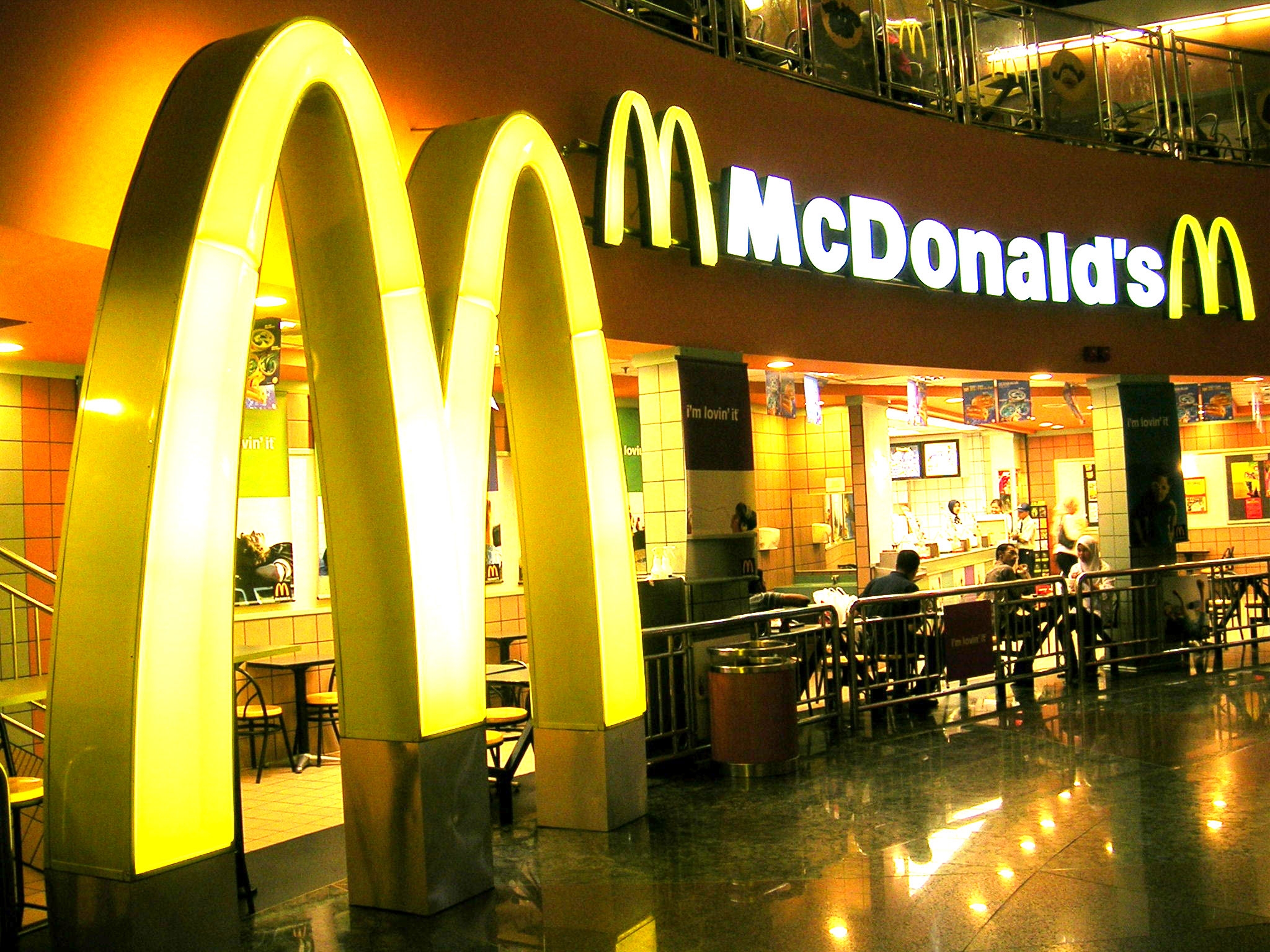In the social media age there is a brilliant opportunity for brands to be in direct communication with their target consumer on a real-time basis. Social media allows consumers to be a part of this brand building journey. User generated content (UGC) is one of the brilliant ways that this can be done, however, without the company maintaining some sort of control of the content, negative sentiment can tarnish the brand’s reputation and have the reverse effect of what was originally intended. I would like to highlight two cases of brands that fell victim to losing control of their brand’s intended messaging:
In 2007, when social media marketing (SMM) was still an unexplored medium for a lot of brands, Molson wanted to make sense of how to use Facebook to connect with the young adults (ages 18-21) that were populating the space.
The Contest. In mid-October 2007, Molson Canada launched a campaign to increase brand awareness of Molson products utilizing Facebook. The campaign was to have a virtual “dorm room” where students could take photos of themselves in full party mode. The school with the most photos would be awarded the title of number-one party school in Canada. Best photo of the submission would be awarded an all-inclusive spring break trip.
The Result. Students and administration across the country believed that the contest gave their universities a bad reputation and encouraged irresponsible behaviour such as abuse of alcohol and promiscuity. Joe Dean, dean of Student Affairs at St. Francis Xavier University dubbed the campaign as cheap marketing which was the majority consensus of stakeholders. This campaign was brand damaging as the contest ran against Molson’s values – encouraging responsible and safe drinking. Molson also overlooked the privacy implications as there were some students in posted photos that were unconsented. Molson responded by pulling the contest early.
Recommendations.The most important thing to address in this situation is the lack of control Molson had with the user generated contest posted publicly. Although we are aware that UGC is trusted, has persuasive power and is an immediate reward system, without a proper filtering system there is no way to measure what is on brand. Molson used Facebook prematurely without really concentrating on the objective. Instead, Molson could have sponsored campus events to reach this target demographic.
- McDonalds – #McDStories
In early 2012, McDonalds promoted (paid) a tweet with the hashtag #McDStories that ended up having a backlashing effect.
The Campaign. The premise of the #McDStories campaign was to encourage people to share their positive and warming experiences that they had at McDonalds on Twitter to initiate a conversation with their consumers.
The Result. Instead of positive stories, brand detractors started complaining about the company. The tweet was essentially “hijacked”.
Recommendations. In this situation, the brand could do nothing but move on and try to spark another conversation. Unfortunately, there wasn’t enough due diligence before this campaign was promoted and therefore they neglected to see the worst case scenario. McDonald’s brilliantly came back with their “Our Food, Your Questions” campaign that had an immensely positive response from McDonald’s customers.
In these two scenarios, we see that user generated content and crowdsourcing can attract negative commentary without a proper filtering mechanism and if it does not stand true to your brand’s values.


